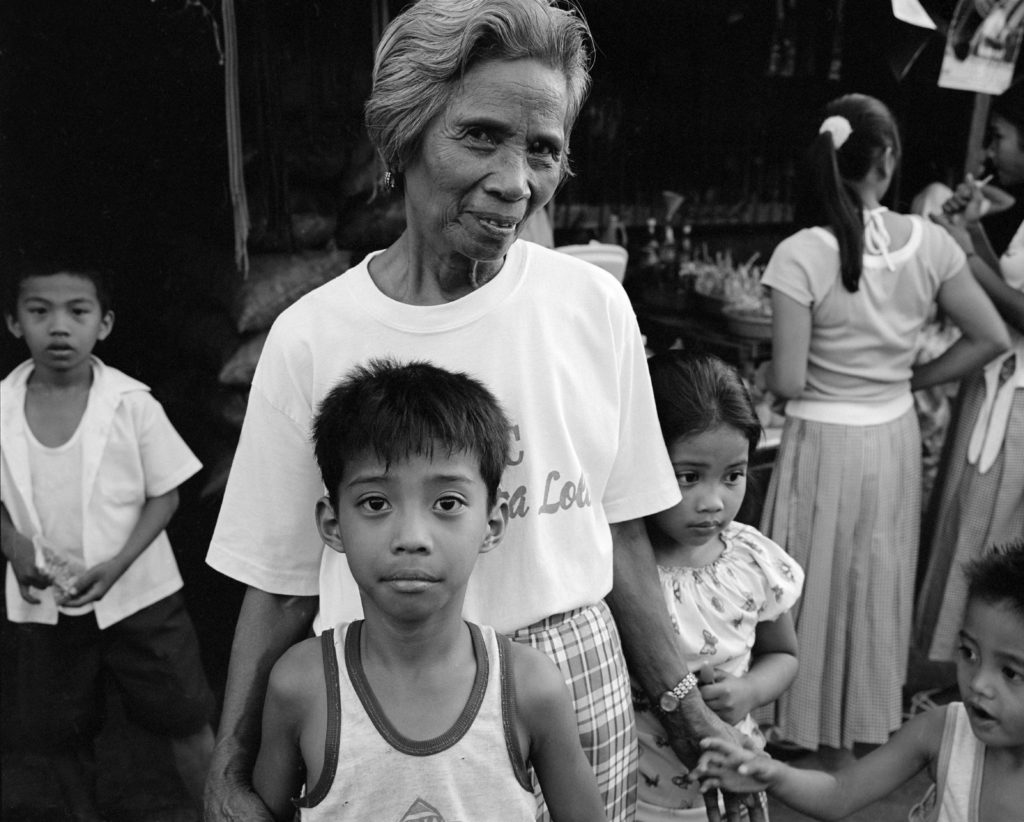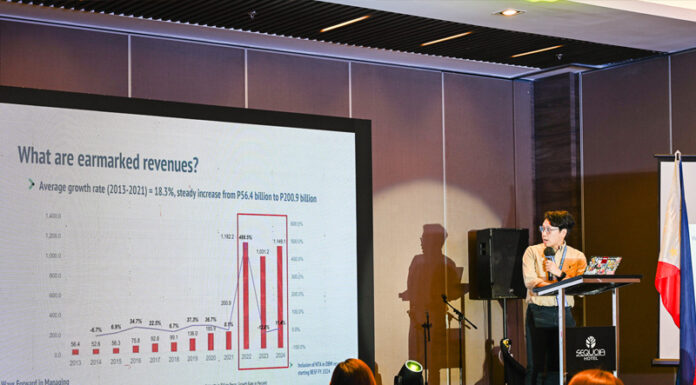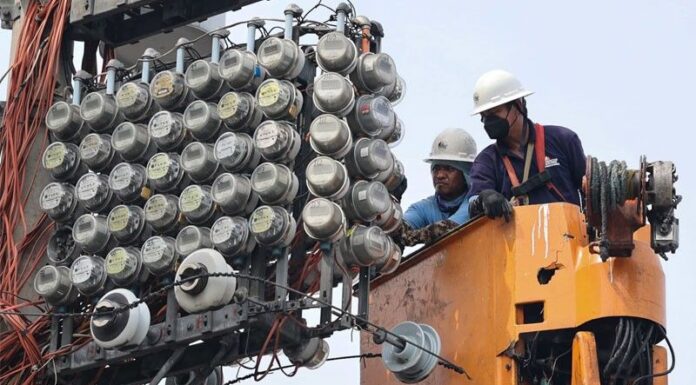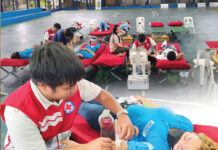By Atty. Dennis Gorecho
Eighty years ago, the pre-recorded announcement of Emperor Hirohito verbally accepting the terms of surrender that ended Second World War reverberated throughout Japan via radio on August 14, 1945 .
The United States earlier detonated two atomic bombs over the Japanese cities of Hiroshima (August 6 ) and Nagasaki (August 9) that killed between 140,000 and 70,000 people, respectively, most of whom were civilians.
Japan formally surrendered in writing two weeks later, on September 2, 1945 in a ceremony conducted aboard the USS Missouri in the Tokyo Harbor.
The Japanese invasion of the Philippines started shortly after their attack on Pearl Harbor on December 7, 1941.
The Philippines, then a US Commonwealth, became a major battleground as the Japanese sought to control the region’s resources and strategic location that began on December 8, 1941.
Although Japan granted the Philippines its “independence” in 1943 as part of its Greater East Asian Co-Prosperity Sphere program, the Filipinos suffered greatly from atrocities inflicted not only on suspected guerrillas but on many innocent civilians.
Torture, rape, pillage, and massacres, sometimes of entire villages, took place all over the country.
It was on September 3, 1945 when the Japanese formally surrendered in the Philippines, at Camp John Hay in Baguio City led by General Tomoyuki Yamashita.
Yamashita was convicted as a war criminal for the Manila massacre on the grounds that he made no attempt to discover or stop atrocities from being committed.
Known as the Rape of Manila from February 3 to March 3, 1945, the United States Army advanced into the city of Manila in order to drive the Japanese out.
The city became one of the most devastated Allied capital cities during the entire war, alongside Berlin and Warsaw as Japanese resistance and American artillery destroyed much of Manila’s architectural and cultural heritage dating back to the city’s founding.
Subjected to incessant pounding and facing certain death or capture, the beleaguered Japanese troops took out their anger and frustration on the civilians caught in the crossfire, committing multiple acts of severe brutality.
The Japanese forced Filipino women and children to be used as human shields into the front lines to protect Japanese positions. Those who survived were then murdered by the Japanese.
The bodies of people, even babies — beheaded, mutilated, bayoneted and shot — littered the streets, schools, public buildings, even places of worship.
Japanese forces held about 200,000 women from Korea, China, Burma, New Guinea, and the Philippines captive and subjected them to one of the largest organized systems of sexual violence in modern history.
These women were forced to perform daily menial tasks, such as washing soldiers’ clothes and cooking. In the afternoon and evening, the men would come for them and sexually abuse them.
The victims, often abducted or trafficked to Japanese military camps, had their dreams shattered. They spent their lives in misery, enduring physical injuries, pain and disability, and mental and emotional suffering.
A two-meter high “Lola” comfort woman statue was installed in December 2017 along Baywalk, Roxas Boulevard, in Manila. It was an unnamed woman wearing a traditional Filipino dress, blindfolded, with hands clutched to her chest.
The statue was dismantled by the Public Works department on April 27, 2018, allegedly for a drainage improvement project, but seen as the Philippine government’s submission to protests from Japan. It was later declared missing in August 25, 2019 when the artist, Jonas Roces, failed to deliver the statue for its reinstallation at the Baclaran Church.
On March 8, 2023, International Women’s Day, the United Nations Committee on the Convention on the Elimination of Discrimination against Women (CEDAW) issued a decision finding that: “Philippines violated the rights of victims of sexual slavery perpetrated by the Imperial Japanese Army during the Second World War by failing to provide reparation, social support and recognition commensurate with the harm suffered.”
The Committee recommended that the victims must be provided with “full reparation, including recognition and redress, an official apology, and material and moral damages” proportionate to the physical, psychological, and material damage suffered by them and the gravity of the violation of their rights experienced.”
From the more than 200 documented survivors in the late 1990s, death has thinned the ranks of the Lolas as there are only 25 surviving comfort women and victims of sexual abuse during the Japanese occupation with eighteen from Malaya Lolas and seven from Lila Filipina.|
-o0o-
(Atty. Dennis R. Gorecho heads the seafarers’ division of the Sapalo Velez Bundang Bulilan law offices. For comments, e-mail info@sapalovelez.com, or call 0917-502580)





















